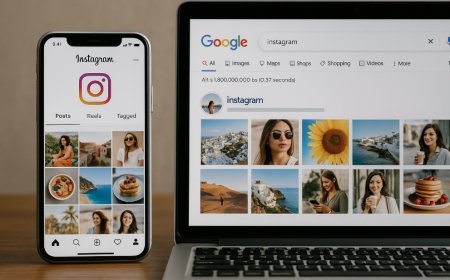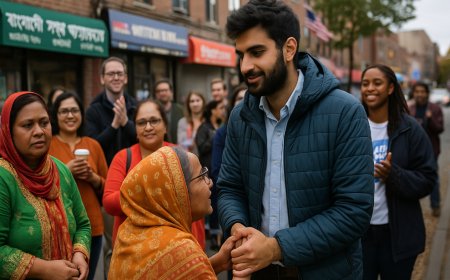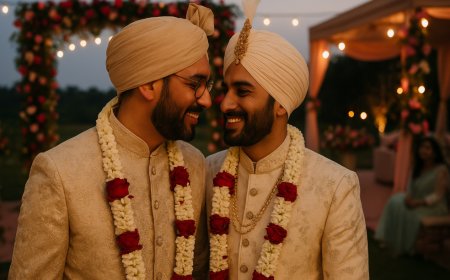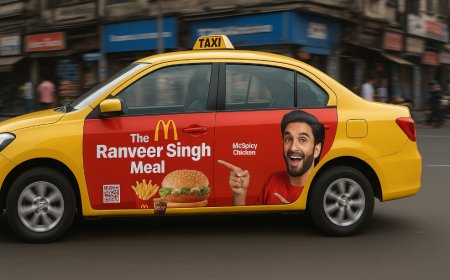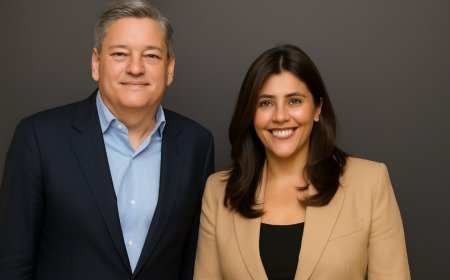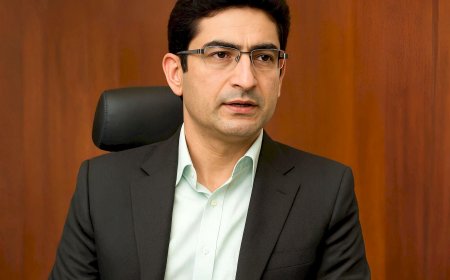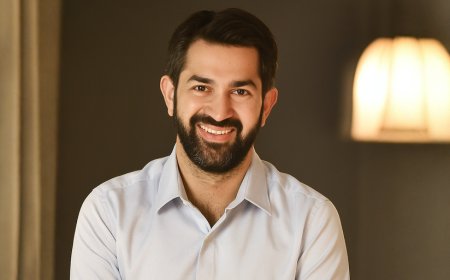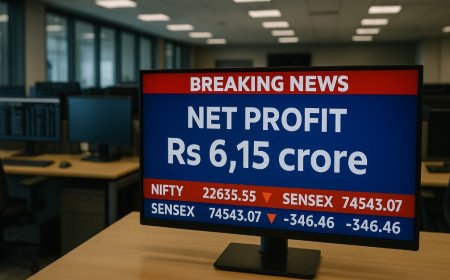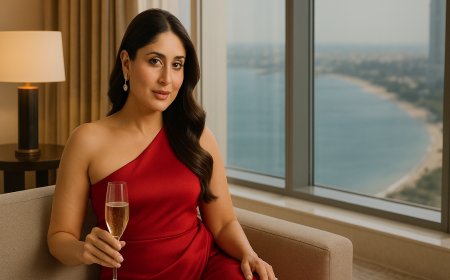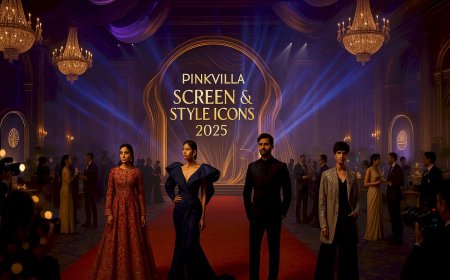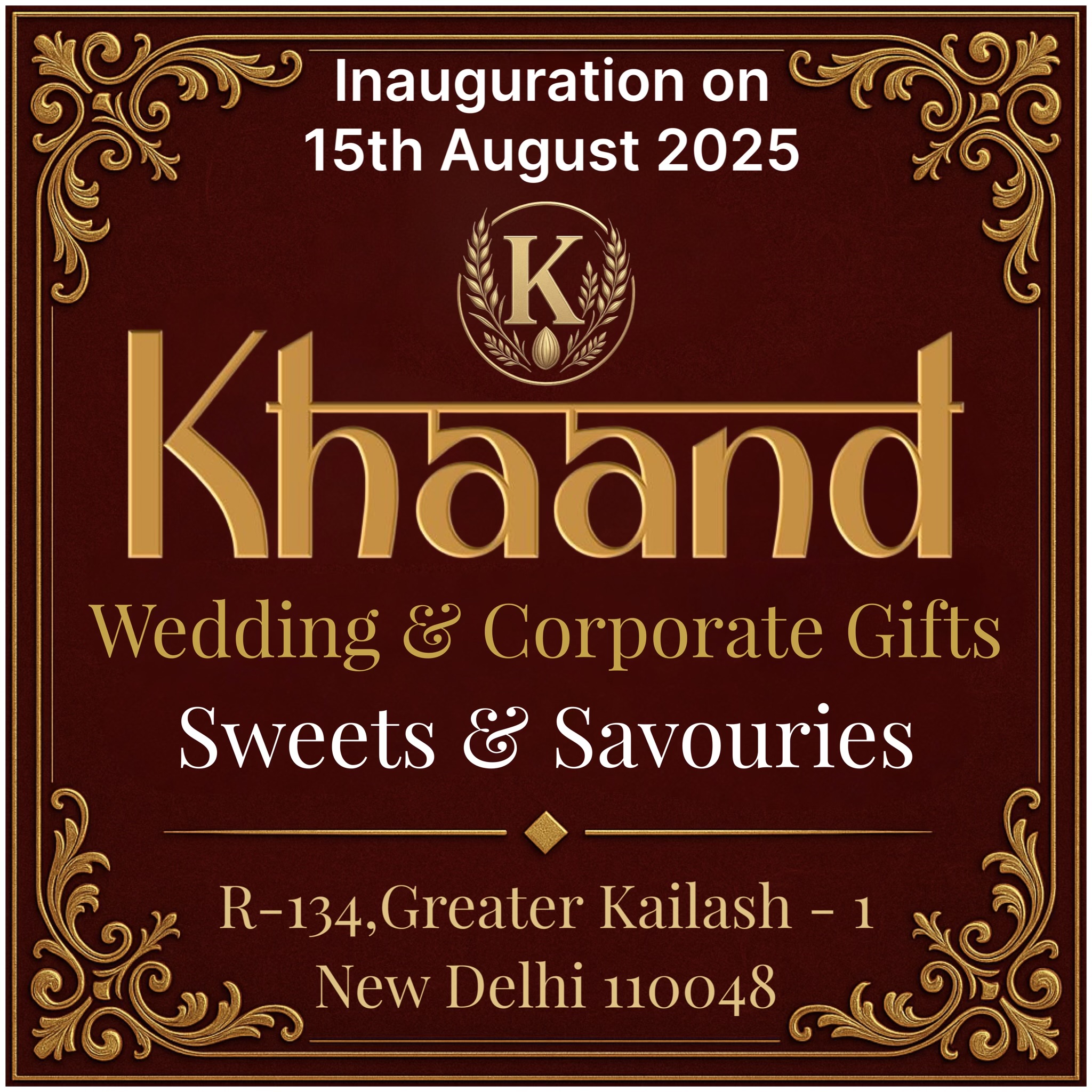Zara Celebrates 50 Years of Fashion with ‘50 Years 50 Icons’ Campaign Featuring Global Style Legends
Zara marks its 50th anniversary with the powerful campaign “50 Years 50 Icons,” featuring supermodels and fashion pioneers across generations. A tribute to timeless style, inclusivity, and the future of fast fashion.

A Golden Tribute to Global Style: Zara Turns 50
As Zara turns the corner on five decades of fashion innovation, the global fast-fashion powerhouse has unveiled a campaign as iconic as its influence. Titled “50 Years 50 Icons,” the campaign brings together 50 style legends, from trailblazing supermodels to modern-day fashion influencers, celebrating the evolution of global fashion through Zara’s lens.
Launched with dramatic visuals, stunning photography, and curated storytelling, this campaign is more than a lookbook—it’s an homage to the people, styles, and statements that have defined half a century of street fashion, elegance, and reinvention.
The Story Behind the Campaign: Fashion As a Time Capsule
The “50 Years 50 Icons” initiative draws its strength from storytelling. Rather than showcasing trends or selling a new collection, Zara focuses on the faces and personalities who have made fashion history—whether on runways, in editorials, or on Instagram grids.
Each of the 50 icons featured in the campaign represents a different era, aesthetic, or cultural milestone. From the classic glam of the 1970s to the minimalism of the 1990s and the digital-forward fashion of Gen Z, the campaign bridges generations and styles seamlessly.
It’s a message from Zara: fashion may change, but influence endures.
Who Are the 50 Icons? A Blend of Then and Now
While Zara hasn’t released an exhaustive list of all 50 icons at once, early visuals and promotional teasers feature some of the most recognizable names in fashion from the past 50 years.
These include:
-
Naomi Campbell – representing power, presence, and the 90s supermodel era
-
Kate Moss – the face of quiet rebellion and understated chic
-
Amber Valletta – timeless sustainability and elegance
-
Adut Akech – modern representation and diversity
-
Gigi Hadid – blending millennial charm and business acumen
-
Kaia Gerber – symbol of legacy and youthful reinvention
The campaign also includes influencers, stylists, photographers, and cultural disruptors—reflecting how fashion icons today are not just defined by runway contracts but by content, community, and creativity.
Campaign Styling: Archival Meets Avant-Garde
True to its heritage, Zara uses this campaign to blend archival fashion references with contemporary silhouettes. The imagery nods to everything from 80s power dressing to 2020s gender-fluid fashion.
Outfits featured in the campaign are inspired by:
-
High-waisted denim and tailored blazers from the 1980s
-
Bohemian cuts and flowing textures from the 1970s
-
Grunge-chic flannels and slip dresses from the 1990s
-
Monochrome and minimalism from the early 2000s
-
Experimental cuts and streetwear influences of today
The clothing isn’t just a backdrop; it’s a visual diary—telling the story of how we’ve dressed, expressed, and evolved.
A Global Production: Diversity at Its Core
Zara’s campaign spans across cities, continents, and cultures. From the streets of New York to the beaches of Rio, the rooftops of Seoul to the lanes of Marrakech, each image is styled to highlight not just personal flair, but local textures and backdrops.
This effort underscores Zara’s commitment to inclusion and authenticity. In a global marketplace, fashion is no longer Eurocentric—it’s collaborative, democratic, and driven by culture. “50 Years 50 Icons” embodies this ideology, creating space for stories from all walks of life.
More Than Fashion: A Cultural Conversation
What makes this campaign powerful is that it’s not just about style—it’s about substance. Each featured icon shares a perspective: on change, resilience, identity, or creativity. Through quotes, short videos, and behind-the-scenes interviews, Zara offers audiences a closer look at what defines iconic fashion beyond clothes.
For example:
-
Naomi Campbell speaks about breaking barriers as a Black model in the 90s
-
Adut Akech opens up about refugee roots and representation in global fashion
-
Influencers like Wisdom Kaye share how TikTok has redefined what’s ‘runway-worthy’
These narratives enrich the visuals and help position Zara not just as a retailer, but as a storyteller and curator of cultural movements.
Marketing Strategy: A Multi-Layered Rollout
Zara has planned a global, phased rollout for the “50 Years 50 Icons” campaign. The marketing strategy includes:
-
Short films and interviews with icons on YouTube and Zara.com
-
Interactive website features, letting users explore different fashion decades
-
Physical store takeovers, with visual merchandising inspired by each decade
-
Instagram stories and reels, teasing unreleased faces and moments
-
A commemorative “50 Years Collection,” designed as wearable fashion history
This multimedia approach ensures that the campaign resonates across age groups and platforms—from Gen Z fashion explorers to long-time Zara shoppers.
Zara’s Legacy: Reinvention Through Time
Founded in 1975 in Spain, Zara has grown from a regional retailer into a global fast-fashion juggernaut. Known for its quick turnaround, trend forecasting, and accessible design, Zara has played a key role in shaping how the modern consumer shops.
But over the years, the brand has also had to evolve—addressing challenges around sustainability, labor transparency, and digital transformation.
The “50 Years 50 Icons” campaign serves as both a celebration and a reminder that legacy isn’t built overnight—it’s curated, challenged, and redefined constantly.
Conclusion: An Ode to Fashion’s Past and Future
Zara’s “50 Years 50 Icons” campaign isn’t just another anniversary celebration. It’s a masterclass in brand storytelling, emotional connection, and cultural relevance. Through iconic faces and timeless style, the campaign reminds us that fashion is more than clothes—it’s about people, identity, and evolution.
What's Your Reaction?
 Like
0
Like
0
 Dislike
0
Dislike
0
 Love
0
Love
0
 Funny
0
Funny
0
 Angry
0
Angry
0
 Sad
0
Sad
0
 Wow
0
Wow
0
